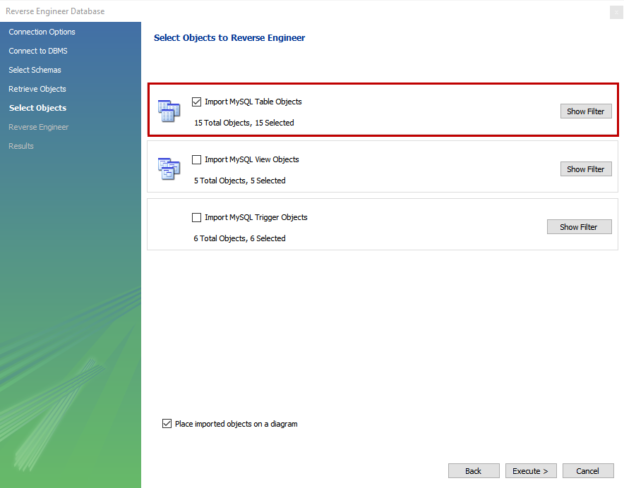

Each table in a database has one or more columns, or fields. For our joke database, we’d probably start with a table called joke that would contain a list of jokes. A database is composed of one or more tables, each of which contains a list of items, or things. Let’s run with this example as we look at how data is stored in a database. The PHP code would take care of the rest, automatically displaying the new joke along with the others when it fetched the list from the database. Second, adding a joke to your website would be a simple matter of inserting the joke into the database. First, instead of writing an HTML page for each joke, you could write a single PHP script designed to fetch any joke from the database and display it by generating an HTML page for it on the fly. The advantage of this approach is twofold. In this example, the jokes would be stored entirely in the database. For example, you could tell PHP to look in the database for a list of jokes that you’d like to appear on your website.
Add data into mysql database workbench how to#
In this chapter, we’ll learn what a database is, and how to work with your own databases using Structured Query Language (SQL).Ī database server is a program that can store large amounts of information in an organized format that’s easily accessible through programming languages like PHP. Now, that’s all well and good, but it really gets interesting when a database is added to the mix. We’ve looked at a few basic examples, including generating random numbers and using forms to capture input from a user.
Add data into mysql database workbench software#

The following article is an excerpt from PHP & MySQL: Novice to Ninja, 7th Edition, a hands-on guide to learning all the tools, principles, and techniques needed to build a professional web application.


 0 kommentar(er)
0 kommentar(er)
